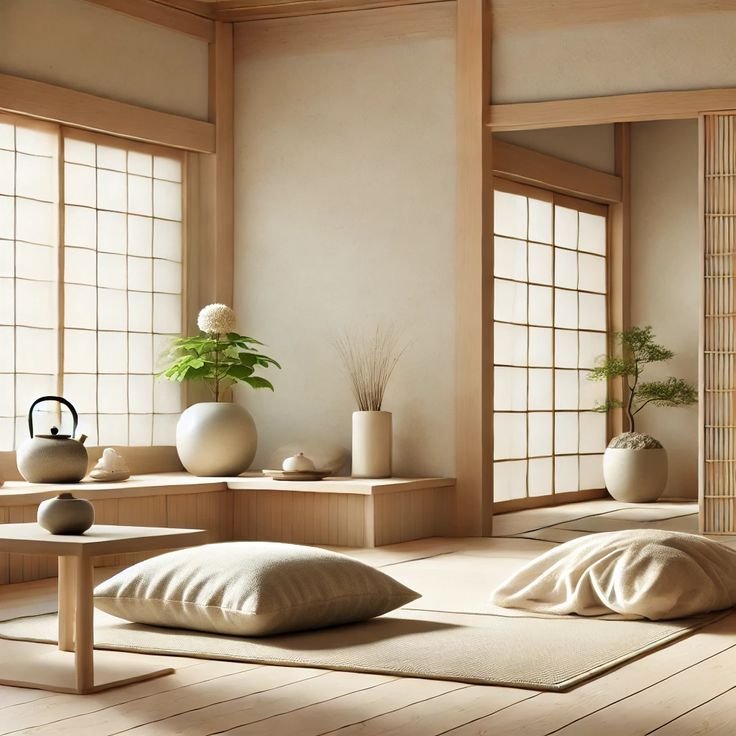Adopting a sustainable lifestyle rooted in Asian minimalism offers both environmental and personal benefits. This approach prioritizes mindful consumption, simplicity, and respect for natural resources—principles long embedded in many Asian traditions. Here’s how you can integrate these practices effectively.
Embrace Functional Simplicity
Asian minimalism focuses on owning fewer, more functional items. In Japanese culture, for instance, mottainai encourages appreciation of what you already have to reduce waste. Choose durable, multipurpose goods that eliminate the need for excess. Avoid impulsive purchases by carefully evaluating whether each item serves a long-term purpose.
Opt for Natural and Local Materials
In many Asian homes, materials like bamboo, rattan, clay, and organic cotton are preferred for their renewability and low environmental impact. Replace synthetic products with items crafted from sustainable resources. Supporting local artisans and markets also minimizes your carbon footprint by reducing transportation emissions.
Practice Mindful Consumption
Mindfulness is central to sustainable minimalism. Before buying, ask if the item aligns with your values, and consider its life cycle—from production to disposal. In South Korea, the concept of jeong fosters emotional connections with objects, encouraging their care and maintenance rather than replacement.
Design a Calm and Efficient Space
Asian interiors often incorporate open layouts, neutral colors, and natural light to create peaceful environments that require fewer resources. Using sliding doors, modular furniture, and built-in storage maximizes efficiency without clutter. Indoor plants not only enhance aesthetics but also improve air quality.
Adopt Energy-Conscious Habits
Small, consistent choices—turning off unused appliances, embracing solar solutions, or installing energy-efficient lighting—reflect the minimal use of resources found in many Asian households. In rural Southeast Asia, for example, households often integrate passive cooling and ventilation to reduce energy use naturally.
Incorporate Slow Living Practices
Minimalism extends beyond possessions to how you spend time. Practices like tea ceremonies, gardening, or walking meditations encourage presence and reduce reliance on energy-intensive leisure activities. This philosophy aligns with ikigai in Japan, which emphasizes purposeful living through simple daily rituals.
Support Circular Economy Principles
Repairing, repurposing, and recycling are essential elements of Asian minimalism. In India, repairing shoes, electronics, and textiles remains a common practice, prolonging the life of goods and reducing waste. You can contribute by choosing quality products and learning basic repair skills.
Minimize Food Waste
Dietary habits also play a crucial role. Many Asian cuisines use every part of an ingredient, minimizing waste. Planning meals, storing food properly, and composting scraps lower your environmental impact while saving money. Community-supported agriculture (CSA) programs are gaining traction across Asia and beyond, offering seasonal, local produce.
Engage with Your Community
Building sustainable habits is more effective when shared. In several Asian cultures, communal activities like shared gardens or neighborhood clean-up days foster responsibility and collective impact. Join or create initiatives that promote sustainability in your local area.
Final Thoughts
Asian minimalism teaches that sustainability starts with intentional choices, respect for resources, and harmony with your surroundings. By applying these principles to your home, consumption, and routines, you can create a lifestyle that benefits both you and the planet—without unnecessary complexity.
If you’d like, I can also help craft a meta description, suggest a keyword cluster, and propose internal link opportunities to maximize the SEO impact of this article. Let me know if you want that!




